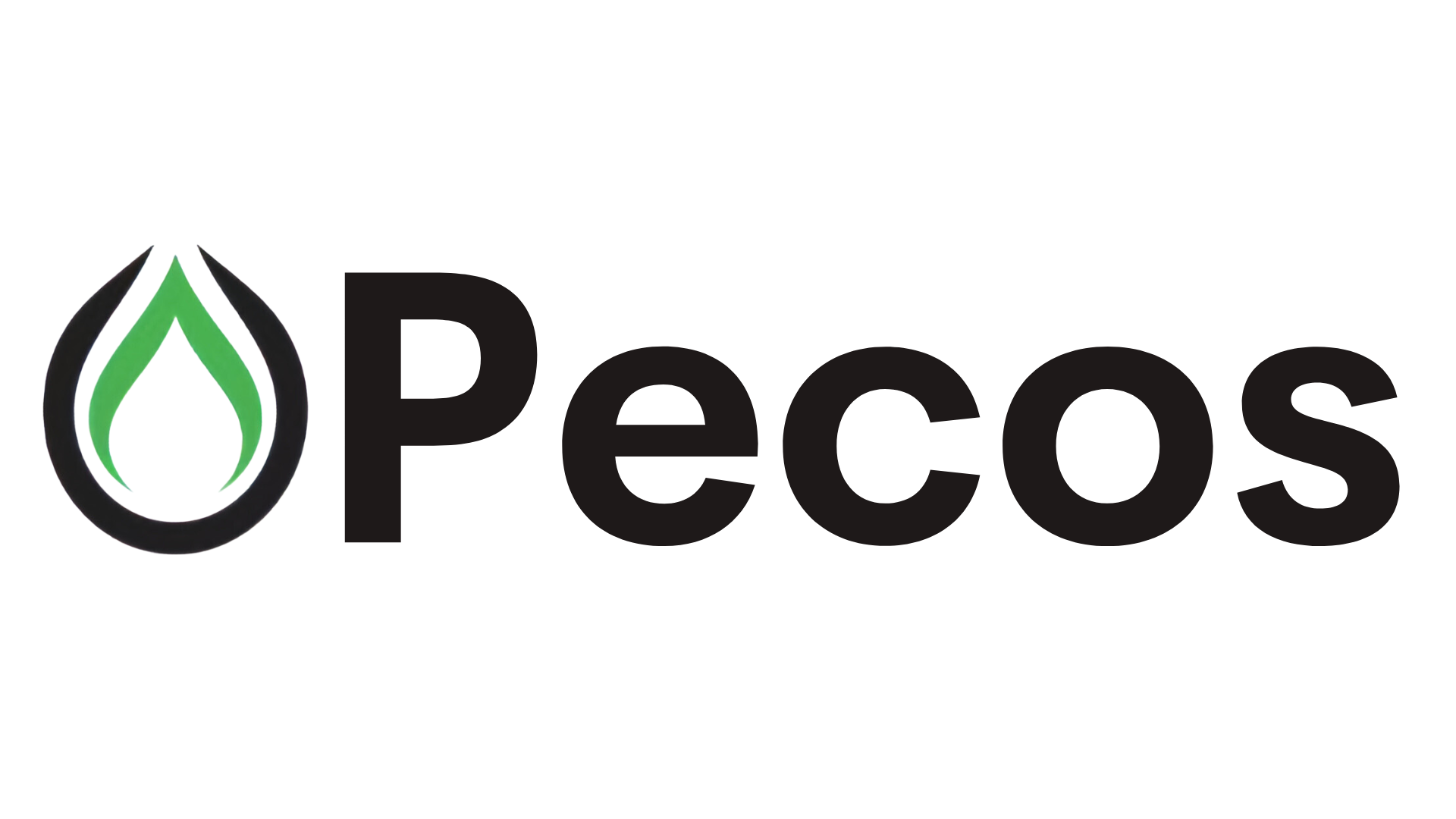Energy News Beat
Source: The Crude Truth Substack, Rey Trevino
It brings up some interesting points about an American Company helping a foreign country to overproduce their OPEC+ production quotas. We have often wondered why they were not adhering to their agreed-upon quotas, but we have to look at the individual government’s need for cash for the answer.
This raises a bigger question: Is OPEC and OPEC+’s time coming to an end as a capable cartel?
Chevron, through its 50% stake in the Tengizchevroil (TCO) joint venture, significantly contributes to Kazakhstan’s oil production, primarily from the Tengiz and Korolev fields. In 2023, TCO produced 28.9 million metric tonnes of crude oil, equivalent to approximately 230.6 million barrels (or about 631,000 barrels per day, based on 365 days).
Additionally, Chevron has an 18% non-operated interest in the Karachaganak Petroleum Operating (KPO) joint venture, which produced 128.53 million barrels of oil-equivalent (boe) in 2022, though this includes both oil and gas condensate.
In January 2025, TCO started oil production at its Future Growth Project (FGP), which is expected to increase crude oil production by 260,000 barrels per day at full capacity, potentially ramping up TCO’s total output to around 1 million barrels of oil equivalent per day by mid-2025. Kazakhstan’s overall oil production reached a record high of about 2 million barrels per day in January 2025, with Tengiz being a major contributor.
While exact figures for Chevron’s specific contribution to Kazakhstan’s total production in 2025 are not isolated (as they depend on TCO’s ramp-up and KPO’s output), Chevron’s share through TCO alone was around 315,000 barrels per day in 2023 (50% of TCO’s 631,000 bpd), with expectations of growth to approximately 500,000 barrels per day once FGP reaches full capacity. For Karachaganak, Chevron’s 18% share of the 2022 output (128.53 million boe, or ~352,000 boe per day) equates to roughly 63,000 boe per day, though not all of this is crude oil.
Summing these, Chevron’s contribution to Kazakhstan’s oil production in 2023 was roughly 350,000–400,000 barrels per day (crude and equivalent), with projections to exceed 550,000 barrels per day by mid-2025 as the Tengiz expansion reaches full capacity. These figures are estimates, as production varies and includes some gas condensate. For precise, up-to-date numbers, Chevron’s or TCO’s official reports would be needed.
Oilprice.com put out an interesting article.
OPEC+ Overproducer Kazakhstan Will Not Cut Oil Output in May
- Kazakhstan plans to maintain elevated crude and condensate production levels in May, surpassing its OPEC+ quota for the second consecutive month.
- Chevron’s recent production boost at Kazakhstan’s largest oilfield has significantly contributed to the country’s record output of 2.17 million bpd in March.
- Persistent overproduction by Kazakhstan, Iraq, and Russia is testing Saudi Arabia’s tolerance and undermining the unity of the OPEC+ agreement.
Kazakhstan doesn’t have any plans to cut its crude and condensate production in May, its energy ministry said on Thursday, as the OPEC+ producer continues to give the group headaches with continuously busting its quota in the deal.
Kazakhstan, one of the biggest overproducers under the agreement alongside OPEC’s second-largest producer, Iraq, plans to keep its crude oil and condensate production levels in May the same as in April and slightly higher than in March, Kazakhstan’s energy ministry told Bloomberg via email.
The second OPEC+ output hike in as many months signaled that Saudi Arabia will not tolerate any longer OPEC+ producers regularly busting their quotas while others, such as the Kingdom, stick to their production ceilings per the agreement. Iraq and Kazakhstan have been the OPEC+ members chronically pumping above their quotas, continuously promising to “compensate for previous overproduction,” and continuously failing to do so.
Kazakhstan’s combined crude oil and condensate production reached an all-time high in March, which further exceeded the country’s crude output ceiling under the OPEC+ deal.
Kazakhstan, a non-OPEC producer part of the OPEC+ pact, pumped a record high 2.17 million barrels per day (bpd) of crude oil plus condensate in March.
Under the OPEC+ agreement, Kazakhstan’s crude oil production quota is 1.468 million bpd. The deal doesn’t cover condensate production and has no limits on it.
Kazakhstan has been consistently overproducing above its OPEC+ limit and is one of the biggest overproducers alongside Iraq and Russia.
This year, the overproduction issue has become even greater after U.S. supermajor Chevron started up oil production at an expansion project at the largest oilfield in Kazakhstan that would boost crude oil output by 260,000 bpd.
By Charles Kennedy for Oilprice.com
The Bottom Line
Russia, Kazakhstan, Venezuela, and Iran all drill more oil and gas when they need cash flow, so it will remain to be seen if they can actually curb their production. Kazakhstan’s response is we will keep drilling, so what penalties can OPEC+ do other than flood the market to put them out of business?
Last week, Chevron’s CEO, Mike Wirth, told analysts at the Q1 earnings call that “On OPEC plus in Kazakhstan, you know, really were not discussions of that. We don’t engage in discussions about OPEC or OPEC plus.”
We are seeing a migration in the transportation world to LNG and other natural gas fuels. This will significantly impact the volume of oil needed in trucks and ships.
In 2023, the transportation sector accounted for approximately 61% of global oil consumption, equating to about 61 million barrels per day (bpd) out of a total global oil demand of 100 million bpd. This includes fuels like gasoline, diesel, jet fuel, and others used in road, aviation, and maritime transport. Annually, this translates to roughly 22.3 billion barrels (61 million bpd × 365 days).
So you can see that tankers, cargo ships, and other huge diesel users are being converted to LNG, and the amount of oil will decrease as the switch to LNG or other natural gas molecules occurs.
Maybe OPEC will become the Organization of the Natural Gas Exporting Countries, or ONGEC. They must develop a better name, but I think you understand. Oil and gas exploration will change globally in the next decade, and we, as oil and gas exploration companies, will have to change with the demand for energy.
And that is The Crude Truth.
The post How helpful is Chevron in Kazakhstan’s oil over production in it’s OPEC+ production quota? appeared first on Energy News Beat.









